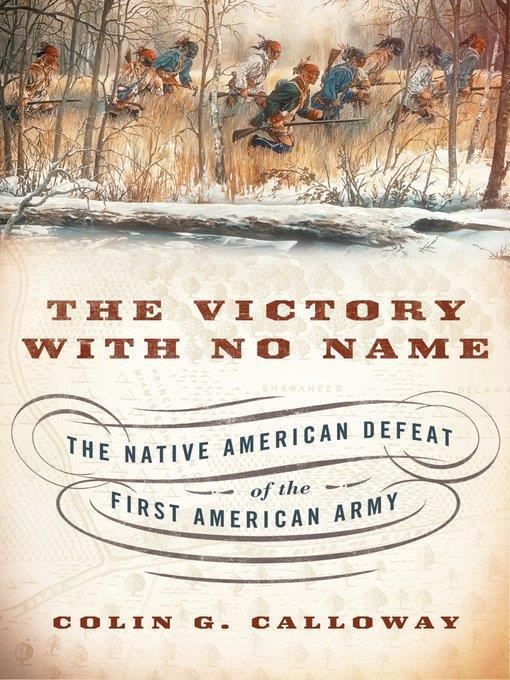
The Victory with No Name
The Native American Defeat of the First American Army
- اطلاعات
- نقد و بررسی
- دیدگاه کاربران
نقد و بررسی

August 25, 2014
In this compact story centering on a single battle, historian Calloway (The Scratch of a Pen) puts a new spin on the old adage about the winners writing history. St. Clair’s Defeat, or the Battle on the Wabash, was a vital 1791 military confrontation between Native Americans in northwestern Ohio and a still green U.S. Army, which has been all but written out of history books by its loser, the United States. The battle was widely written about in its day, analyzed for what it meant in terms of the very survival of a new country still threatened by not only the indigenous population but the land-grasping English and Spanish. Calloway crisply covers the battle in one chapter, framing it as part of a larger conflict over real estate that played out in the Ohio country during 1790–1791. This single issue—land ownership—drove an irreconcilable wedge between Native Americans and whites, cutting off any hope for interracial community and cooperation. Though this emphasis on land conflict isn’t new, Calloway presents keen observations on the link between business interests and the government’s land policy that, underpinned by its racial assumptions, made Gen. Arthur St. Clair’s 1791 defeat a complex event. B&w illus.

August 1, 2014
History of the 1791 Battle of the Wabash, a largely forgotten clash that proved to be "the biggest victory Native Americans ever won and proportionately the biggest military disaster the United States ever suffered." At the time, official documents about the battle only made excuses for the army's loss. Calloway (Native American Studies/Dartmouth Coll.; Pen and Ink Witchcraft: Treaties and Treaty Making in American Indian History, 2013, etc.) concisely recounts this short-lived halt to America's westward expansion at the Maumee River. The Wabash Confederacy included not only many Native American tribes, but also traders and agents intent on preserving their homes. Penned in on the north, south and east, America was ready to move west, but it was already occupied by Native Americans. The English had ceded all land north of the Ohio River to the tribes, but Americans felt no need to honor that agreement and gradually encroached. The first few settlers were acceptable, but wealthy land speculators were looking to make their fortunes. Gen. Arthur St. Clair was sent to clear the area-if not by diplomacy then by total war. Pushed too far as villages and crops were burned, the tribes united in an effort to halt the encroachment. Now a coordinated army with a battle plan, their hit-and-run tactics easily routed the undisciplined Americans. The Founding Fathers' fear of a standing army left St. Clair with a force of only a few hundred old men, substitutes and young boys with little or no training. In addition to this poorly led army, graft and shoddy provisioning foretold a loss-all true, but the simple fact is that the Confederation fought a better battle. The author ably explains the winner's side of this battle-a herculean task since the Native Americans had no written records.
COPYRIGHT(2014) Kirkus Reviews, ALL RIGHTS RESERVED.




دیدگاه کاربران